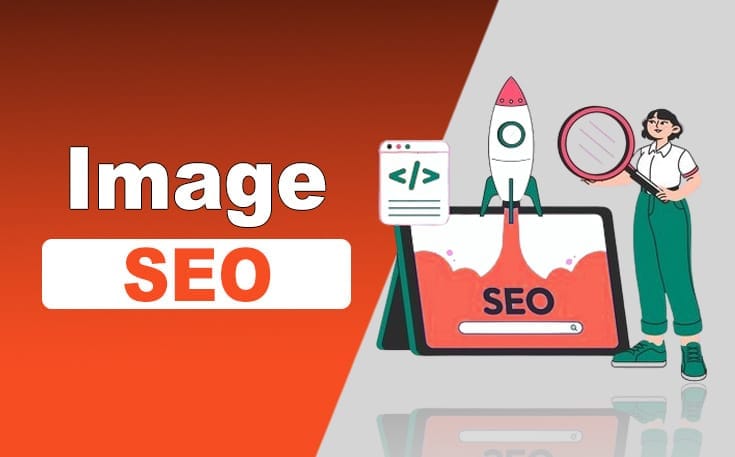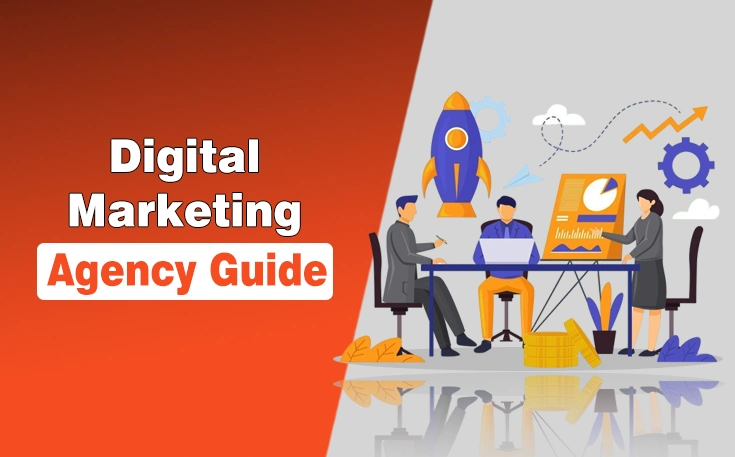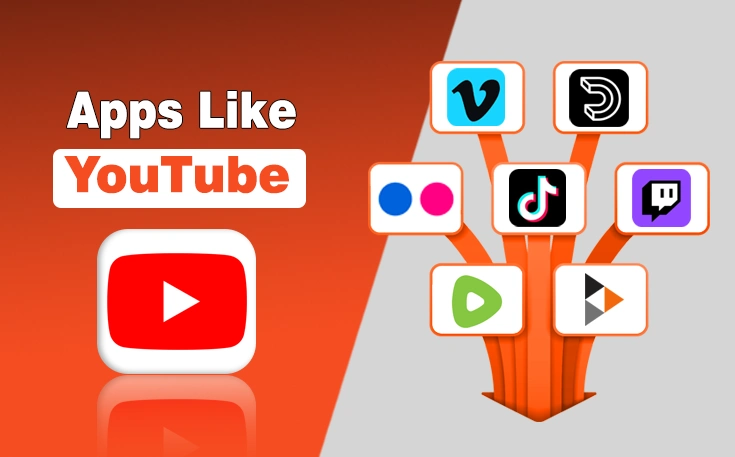A large number of websites have been developed and made online in recent years. Thus, it has raised a huge competition, based on which, Google has strengthened its algorithms to rank them in the SERP. While basic SEO aspects like On-Page and Off-Page SEO are still important, Image SEO is getting into the trend as a ranking factor for search engine results pages.
Now, most people are already aware of this term, some are still figuring it out. But no worries! I am here with this guide on Image SEO. As I am also optimizing images for search engines, I have shared my ways so that you can also do the same for your site images to make them appear in the SERP.
What is Image SEO?
Image SEO is defined as the process of optimizing the images of your website to make them highly visible in the search engine results pages. Previously, people including me, didn’t focus on this aspect of search engine optimization. However, recent Google updates have made it necessary to optimize the images as they play a significant role in determining the ranking of your site in the SERP.
Importance of Image SEO
Image SEO has gained immense importance in recent years as it is a White Hat SEO tactic. The points mentioned below are enough to understand why you should integrate it into your SEO strategy.
- Enhanced Visibility: When you optimize the images for SEO, there are chances that they will appear in Google Images as well as in other search engine results. Hence, you will be able to receive more clicks.
- Better User Experience: Image SEO makes sure that the images on your site will load faster. Thus, it will reduce the overall loading time of your site. As a result, you will see a huge spike in the engagement rate.
- Higher Rankings in SERP: Search engines, especially Google, are now taking the sites higher in the rankings which are optimizing their images for better search engine optimization. It is because it allows Google to crawl and index them quite easily. Therefore, you should optimize your images.
- More Traffic: Most people are fond of exploring the image search results. So, if you perform Image SEO and your images appear in the search results, you can have your hands on a larger traffic that will bring huge revenue to your bank.
Best Tips For Image SEO
The following are the key techniques of Image SEO that I am personally implementing to make my images optimized for search engine results pages.
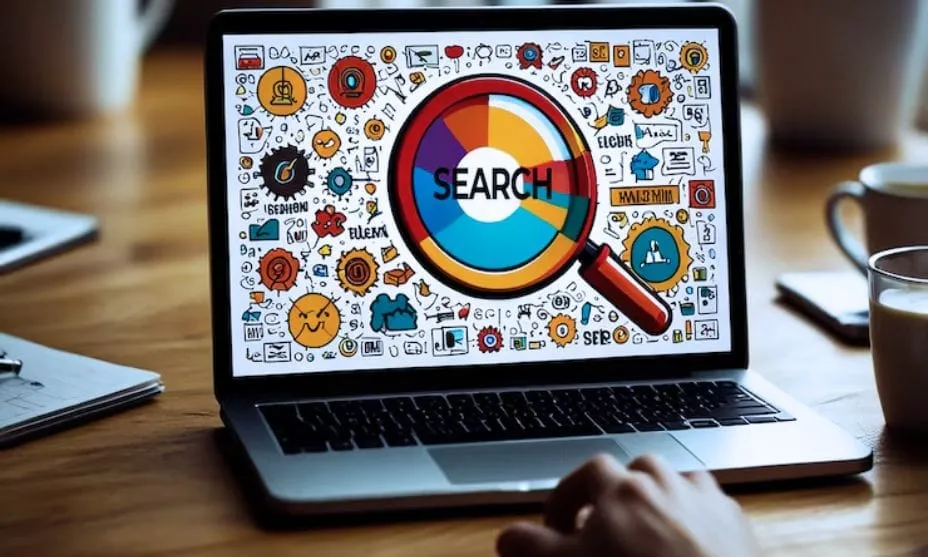
1- Choose the Right Image Format
Firstly, you have to choose the right format for your site’s images. The reason is that you have to create a balance between quality and loading time. Some of the most popular formats are:
- JPEG: It is considered best if you have to add complex images to your site.
- PNG: PNG format is relatively larger in size than JPEG. However, it offers an advanced level of transparency and quality.
- WebP: If you are looking forward to maintaining quality while reducing the image size, WebP is the best option to go with.
- SVG: It is generally used for logos, favicons, and other small images.
Among all the formats mentioned above, I am biased toward WebP because it doesn’t lower the quality much while maintaining the file size according to the Image SEO requirements. While your opinion may be different, as the JPG vs PNG battle is quite extensive, I appreciate it if you would discuss them in the comments.
2- Proper File Name of the Image
The next important Image SEO technique is that you should give your image file a proper name. It can be a description or simply the keyword of your content. In this way, search engines can better understand the context and content of your image and make it appear in the SERP. The general names like IMG_1234.jpg etc. are no longer effective in SEO.
3- Alt Text
Previously Google does not focus on Alternative text, shortly known as Alt text. However, it is one of the most important techniques of Image SEO as it provides a textual description of what is inside your image.
Ultimately, it improves the accessibility and SEO of your image makes the search engines understand it in a better way. Moreover, it also makes it easier for people with disabilities to grab the details. Therefore, Google is now preferring it.
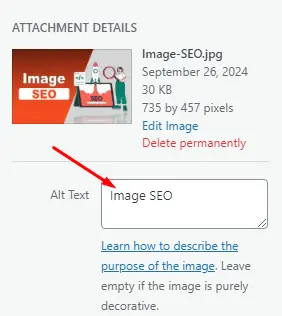
4- Image Size and Compression
The larger the size of the image, the more negative impacts they will cause on your website. Heavy images take time to load and ultimately, users will not be able to see them during their stay on your site.
Therefore, you must compress the size of the images and make sure they are under 100 Kb. Hence, you can make sure that the images have an appropriate size to display with the context of the content.
Some platforms that I am personally using to compress the size of the image while maintaining the quality are:
- TinyPNG
- ImageOptim
5- Create Unique Images
One of the best practices for enhanced Image SEO is that you must create unique and new images for your content. While it is easy to download stock photos and add them to your site, it will not capture the attention of users as well as search engine algorithms.
On the other hand, when you generate unique and high quality images, they will engage the users which will ultimately deliver SEO benefits. As Google is also promoting genuine content, you should focus on making new images.
Read More: Tips for Creating Content for Voice Search SEO
6- Optimize Image Titles and Captions
The next important thing is that you have to optimize the title and caption of the image. While ALT text and file name are important, you can also use the primary as well as secondary keywords in the caption to enhance the Image SEO.
Nevertheless, you have to be careful regarding spam activities. Instead of using the keyword directly, you should provide some authentic information about what you are representing with the help of it.
7- Visual Search Optimization
Visual search optimization of the images is also important because of the rise in the use of tools like Google Lens. When you perform Image SEO, it will optimize the image for visual search tools which gives you a competitive edge.
You must make sure that your images are clear and relevant to the topic. It will make Google and search engines consider you an authentic source of information and promote you higher in the rankings.
8- Use CDN for Image Delivery
A Content Delivery Network, shortly known as CDN, can be the best possible option for speeding up the delivery of the images. I am also currently using a CDN for my website as it brings the image data to the servers which are close to the users.
In this way, you can reduce the loading time and provide a brilliant user experience to your organic audience. Further, the associated improvement in the engagement rate will take your site to the top of the search results for specific queries.
9- Lazy Loading
Lazy loading is generally defined as preventing the images from loading until they need to be viewed. For example, if you have added 50 images to your content, lazy loading will allow only the top 4 or 5 images to show completely.
The rest of the images will be blanked. However, when someone scrolls down, they will appear in the content. This Image SEO strategy is widely helpful in improving the loading speed of your website and its subpages.
10- Implement Image Caching
Next, you have to use the potential of image caching as it saves the images on the devices of the users. Ultimately, when they revisit your site, there will be no loading time. Hence, it engages the user. Also, it will improve the overall performance score of a website.
Final Thoughts
These are the details about Image SEO and the best strategies to optimize your images for search engine results pages. I have mentioned all the tactics that I am following currently and getting the desired results.
It is necessary for you to understand this guide and follow the steps in a precise manner. In this way, you can improve the search engine ranking of your site alongside getting more traffic and organic audience.
Create unique images for every article and optimize them for visual search by making them clear and relevant to the topic. These are the best practices for Image SEO.

